
Spice Bush
More From The Collection
Product Description
Spice Bush
A member of the laurel family, the spice bush, Lindera benzoin, is a deciduous shrub, native to the woodlands, bottomlands, valleys, and stream edges of the midwestern and eastern United States. In early spring, aromatic, yellow-green flowers adorn its multiple stems, which has given the spicebush the nickname, "forsythia of the wilds." These tiny blooms attract many species of butterflies. The flowers of the female plants beget fragrant fruits, ripening from July through early October to a glossy red. A wide variety of birds feast on these berries, which taste like allspice and are high in fat. Its light green leaves turn a deep golden-yellow in the fall.
The spicebush serves as a larval host to the caterpillars of the spicebush swallowtail butterfly, the Promethea silkmoth, and the eastern tiger swallowtail, which feed on the leaves.
Not only does the spice bush benefit the native fauna, but tea can also be made from its twigs and leaves. Additionally, the dried berries can be crushed and used as a spice in various recipes.
In landscaping, the spicebush is often used as a shrub border or to naturalize an area. It is also as an ornamental plant. It is relatively slow-growing and requires little maintenance. When unobstructed, it can grow 6 to 12 feet high. It prefers well-drained, moist, acidic soil, and is best planted in masses against darker foliage to showcase its 3-season beauty. The Spice bush grows well in both shade and sun, but a sunnier location will produce a better bush with more berries. The male pollinator, which has more abundant spring flowers than the female, is needed to produce fruit on the female plant. Spring and fall are the best planting times when the soil is workable. Pruning is recommended after flowering. It is hardy in Zones 4-9 and is not known for any serious pest or disease problems.
The Spice Bush is shipped bare root and unsexed from Late November through April.
-
These arrived as planned in November and though the leaves are gone they have beautiful structure and a solid root system. So excited to help out some Swallowtails in the warmer months! Not sure if they are male or female but hoping I will also get some berries.
-
Added 5 more Spice Bushes today, November 20, 2020. Spice Bush Swallowtail Butterflies, Promethea Silk Moths, and Eastern Tiger Swallowtail Butterflies, will discover these new (host plants) and habitat in the Summer 2021.
-
Native, large, and healthy...what a find!
-
These were so nice. I finally found out what a spice bush was and the yellow fall color is beautiful. I like these very much

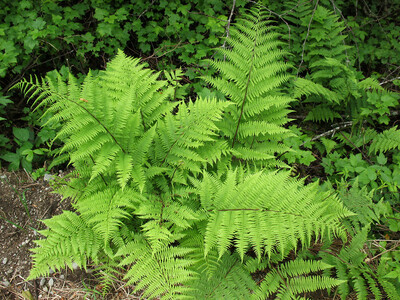 Native Ferns
Native Ferns
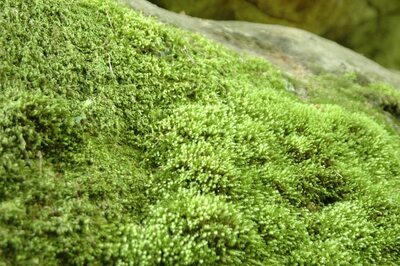 Native Mosses
Native Mosses
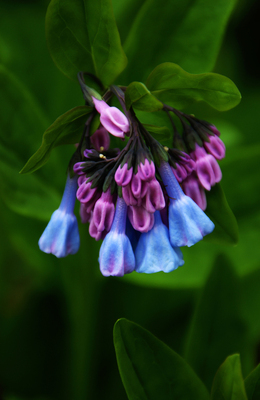 Native Perennials
Native Perennials
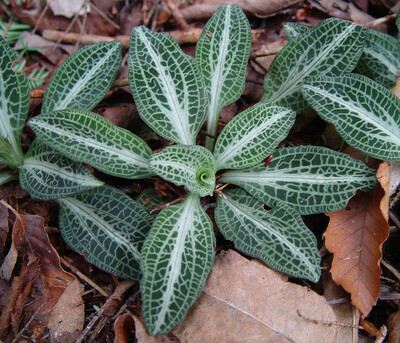 Native Ground Covers
Native Ground Covers
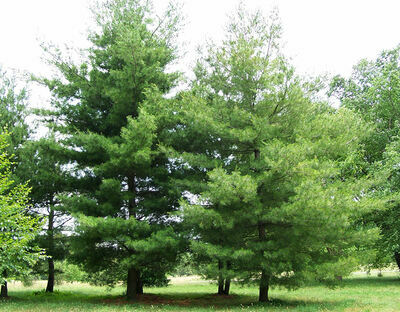 Native Trees
Native Trees
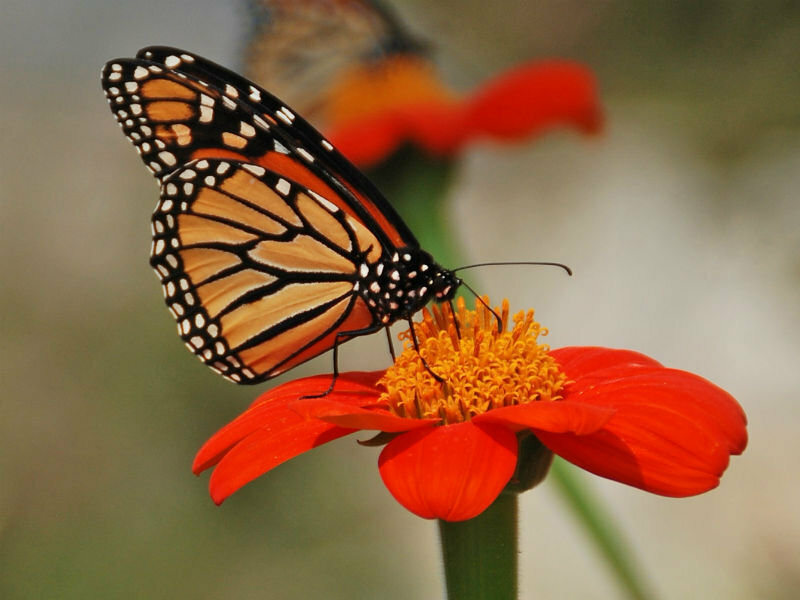 Pollinators
Pollinators
 Shop Bloom Color
Shop Bloom Color
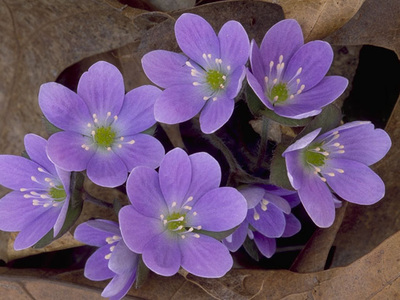 Perennials By Zone
Perennials By Zone
 Medicinal Herb Plants
Medicinal Herb Plants
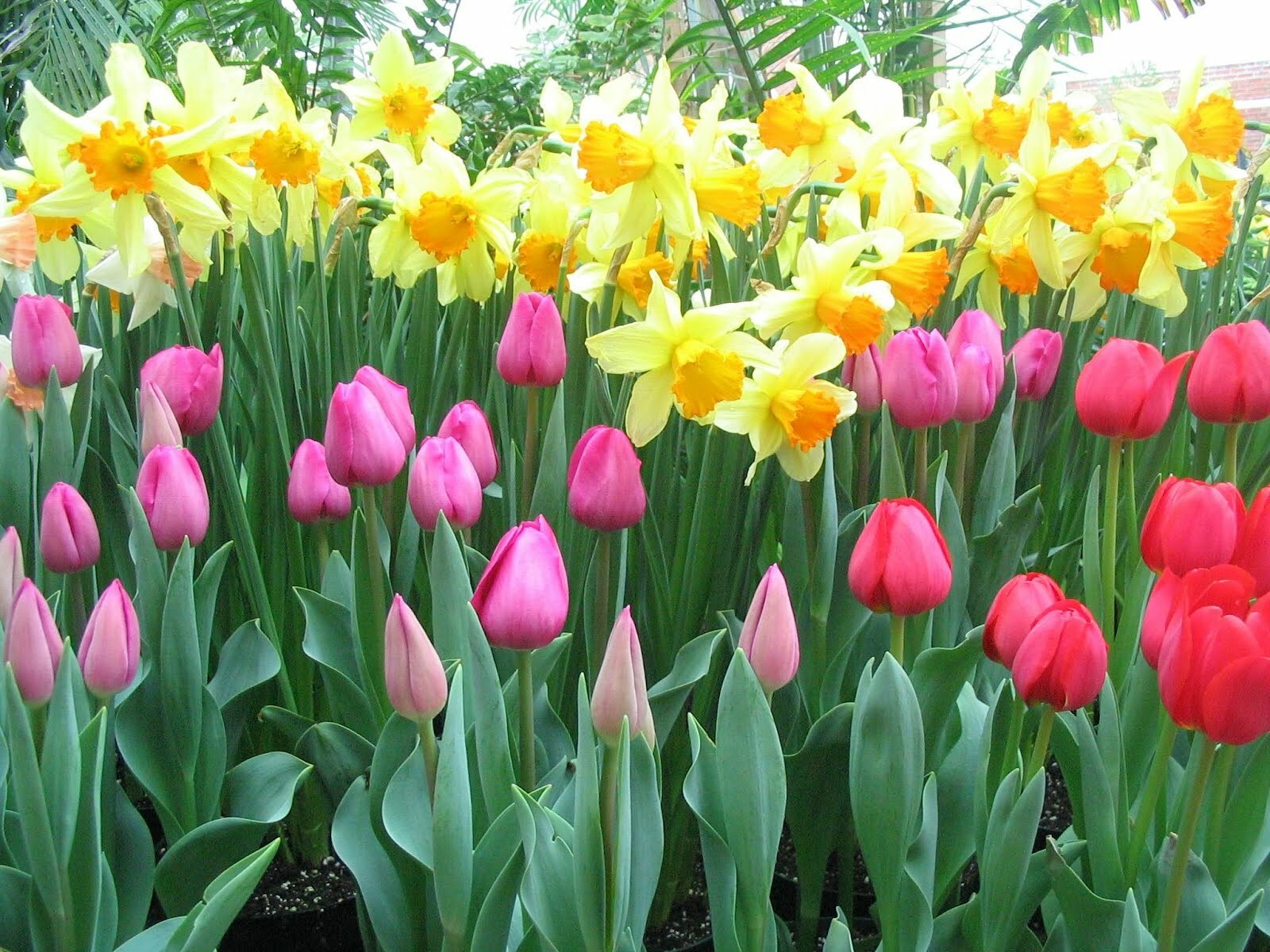 Spring Bulbs
Spring Bulbs
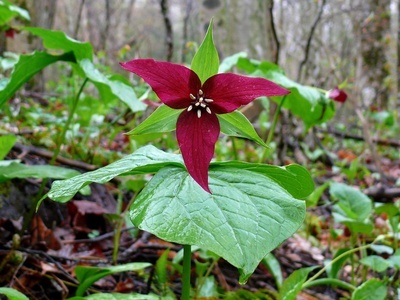 Trillium
Trillium
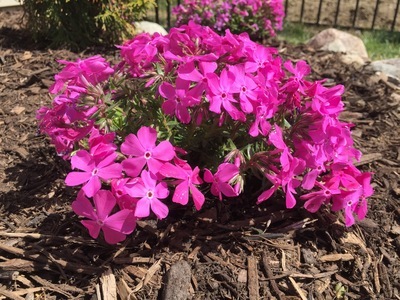 Shop By Zone
Shop By Zone
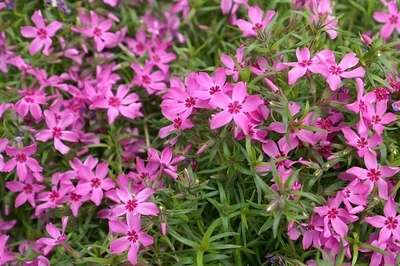 Flowering Groundcovers
Flowering Groundcovers
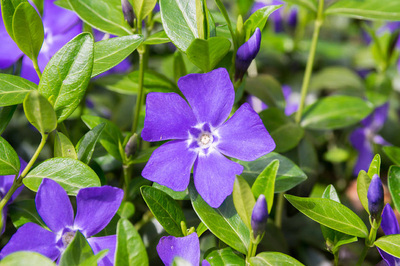 Evergreen Groundcovers
Evergreen Groundcovers
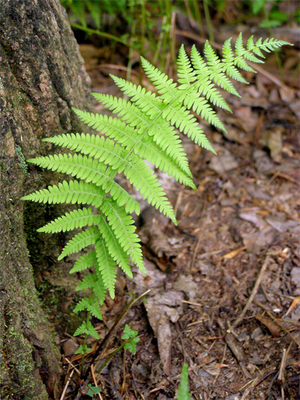 Ferns for Zone 3
Ferns for Zone 3
 Ferns for Zone 4
Ferns for Zone 4
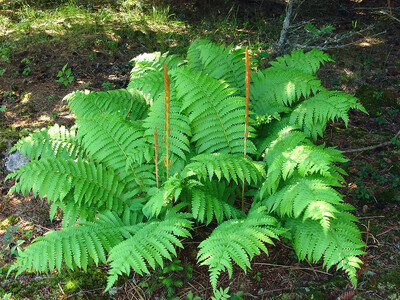 Ferns for Zone 5
Ferns for Zone 5
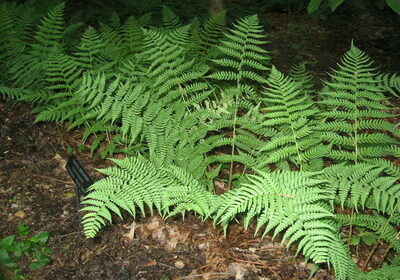 Ferns for Zone 6
Ferns for Zone 6
 Ferns for Zone 7
Ferns for Zone 7
 Ferns for Zone 8
Ferns for Zone 8
 Christmas bows
Christmas bows
 Fresh Wreaths
Fresh Wreaths
 Garlands
Garlands
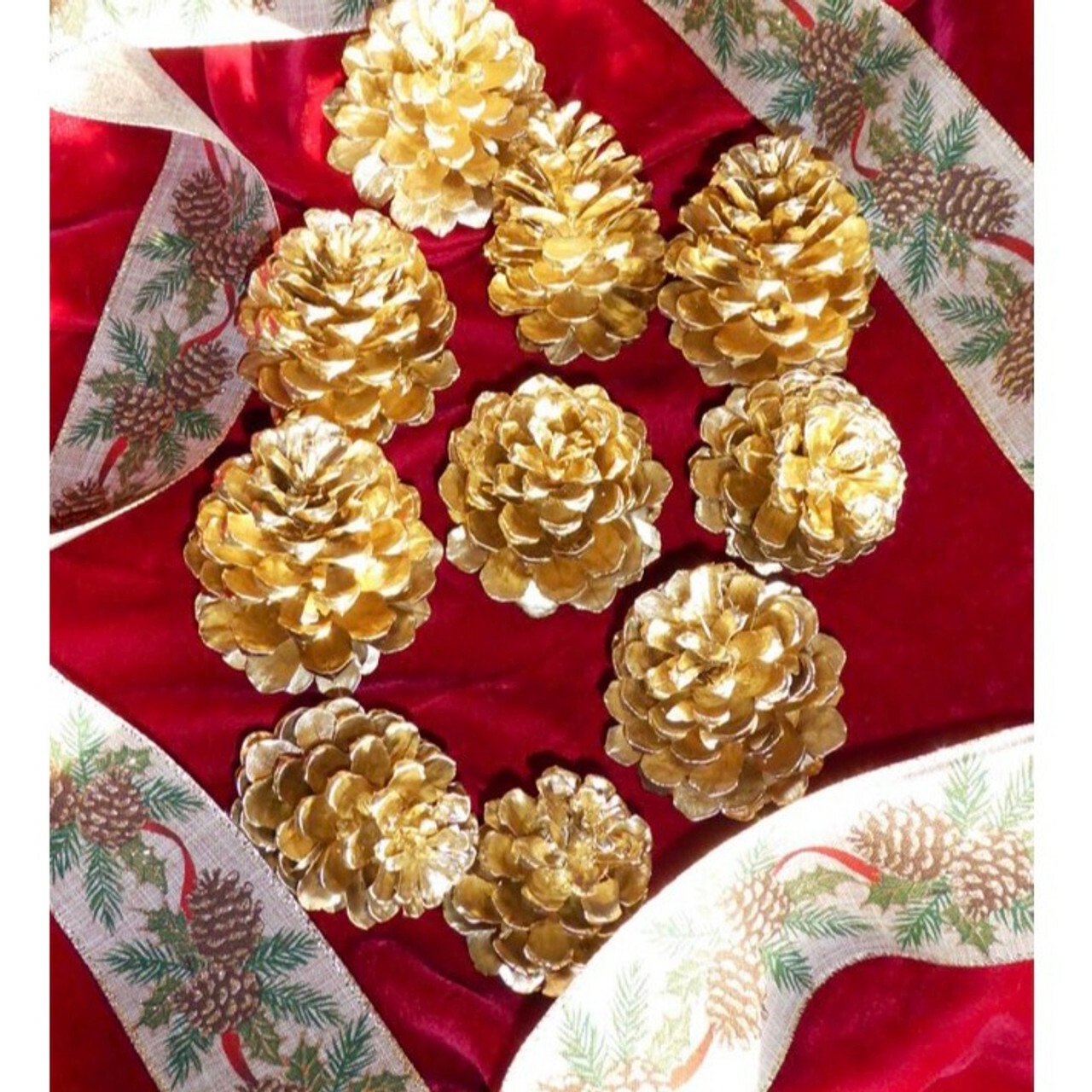 Large Pine Cones
Large Pine Cones
 Live Mistletoe
Live Mistletoe
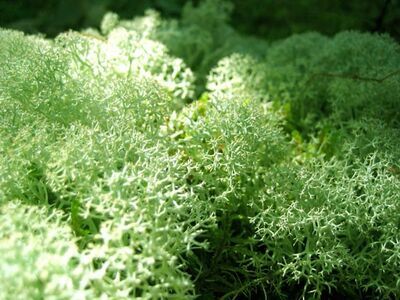 Moss
Moss
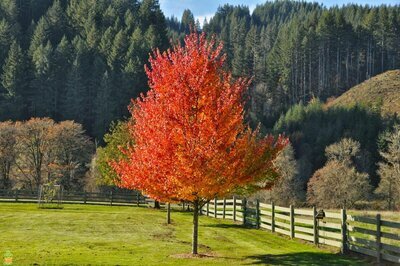 Shop Trees By Zone
Shop Trees By Zone
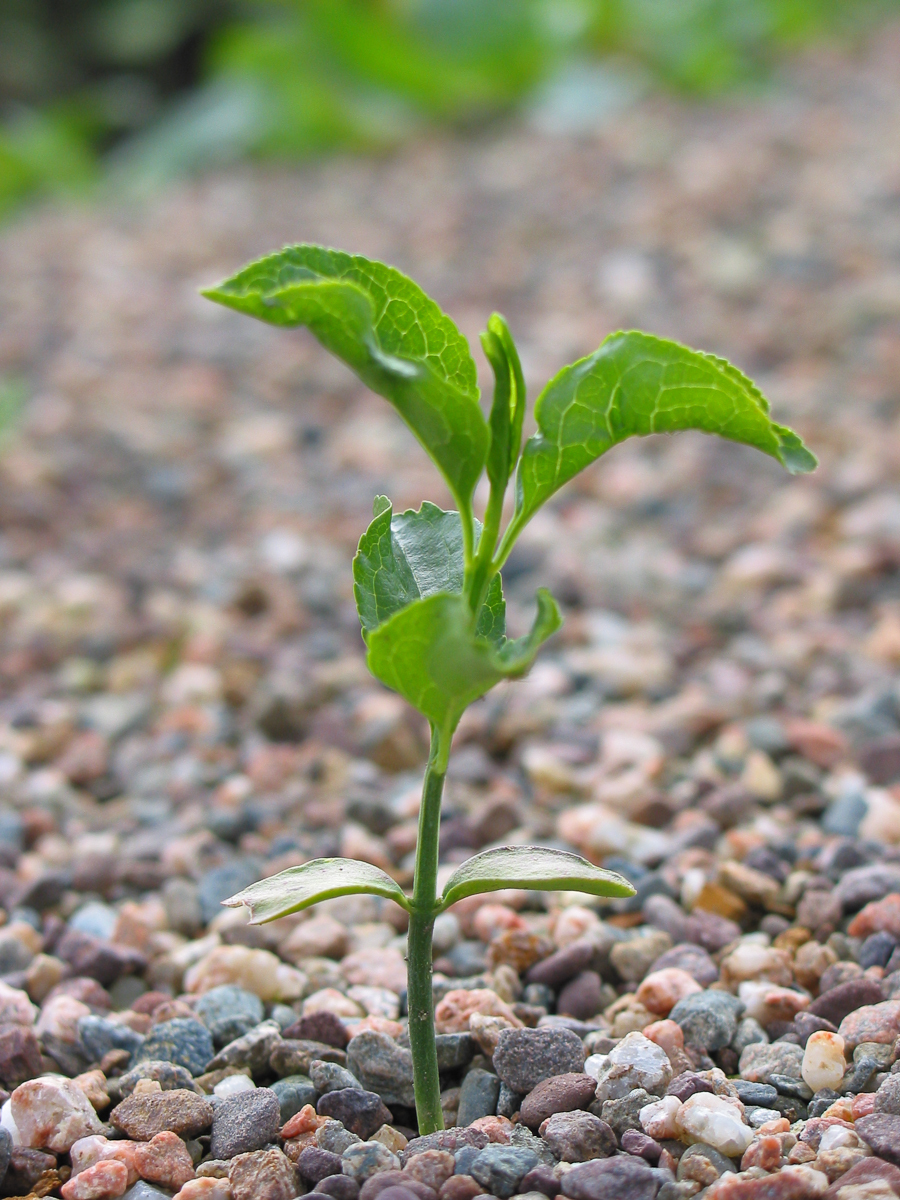 Tree Seedlings
Tree Seedlings
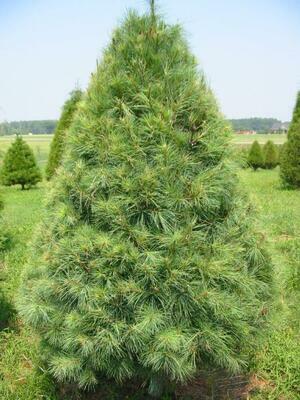 Fast Growing Trees
Fast Growing Trees
 Pine Trees
Pine Trees
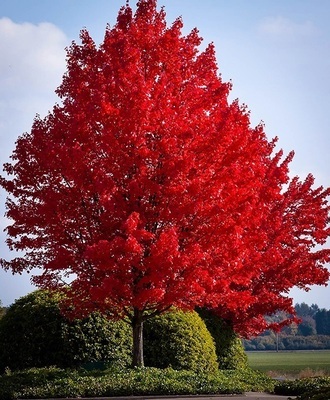 Live Stakes
Live Stakes
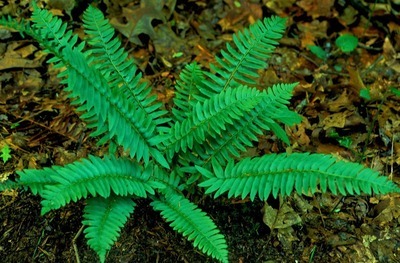 Evergreens
Evergreens
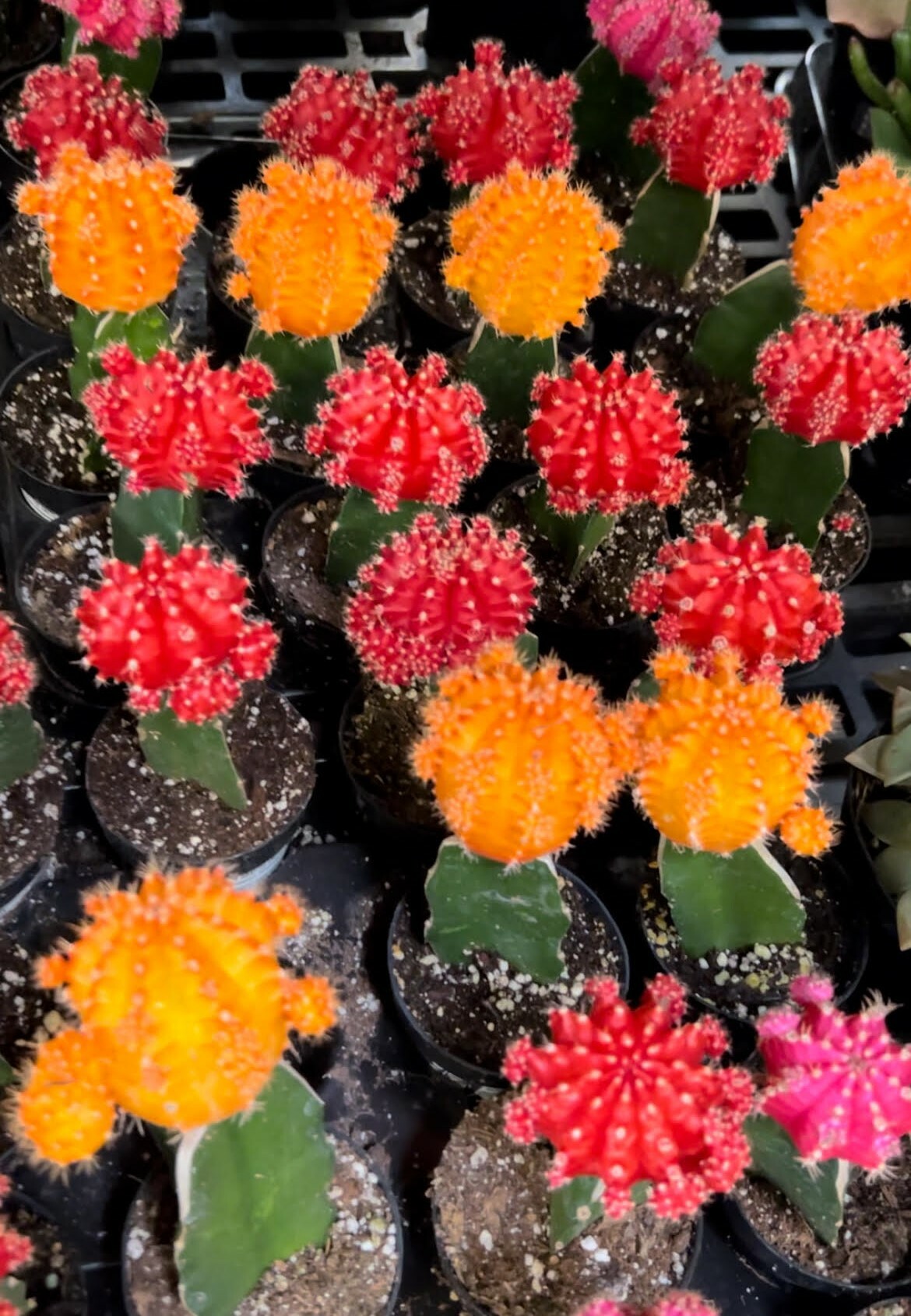 Cactus
Cactus
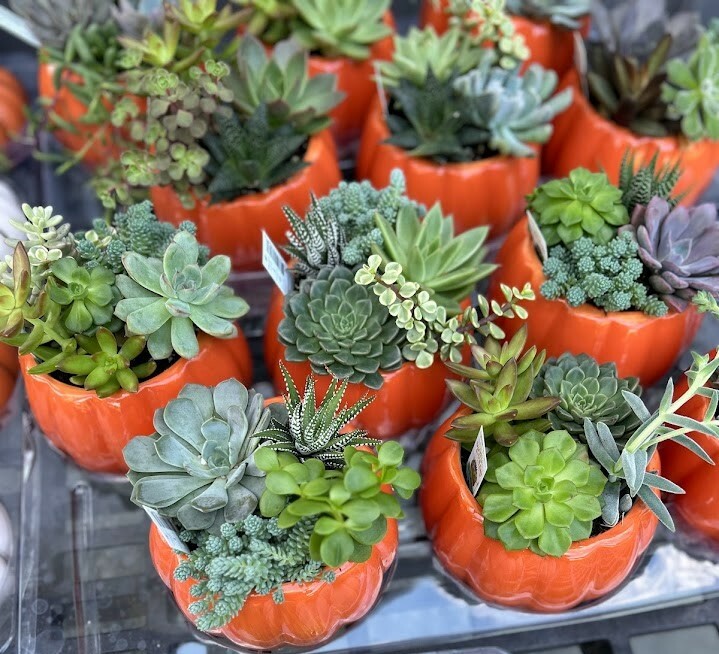 Combos
Combos
 Echeveria
Echeveria
 Haworthia
Haworthia
 Sedum - Stonecrop
Sedum - Stonecrop



